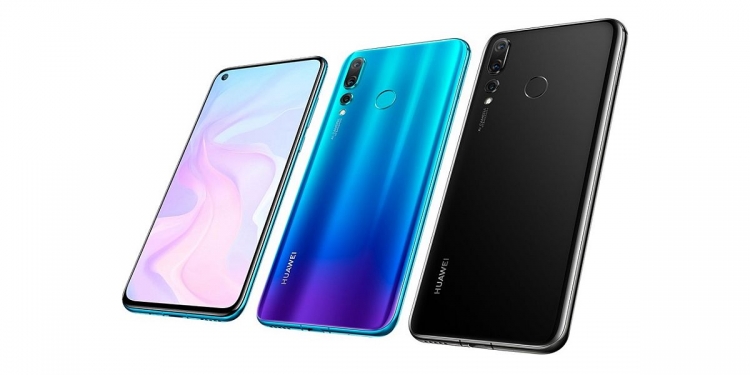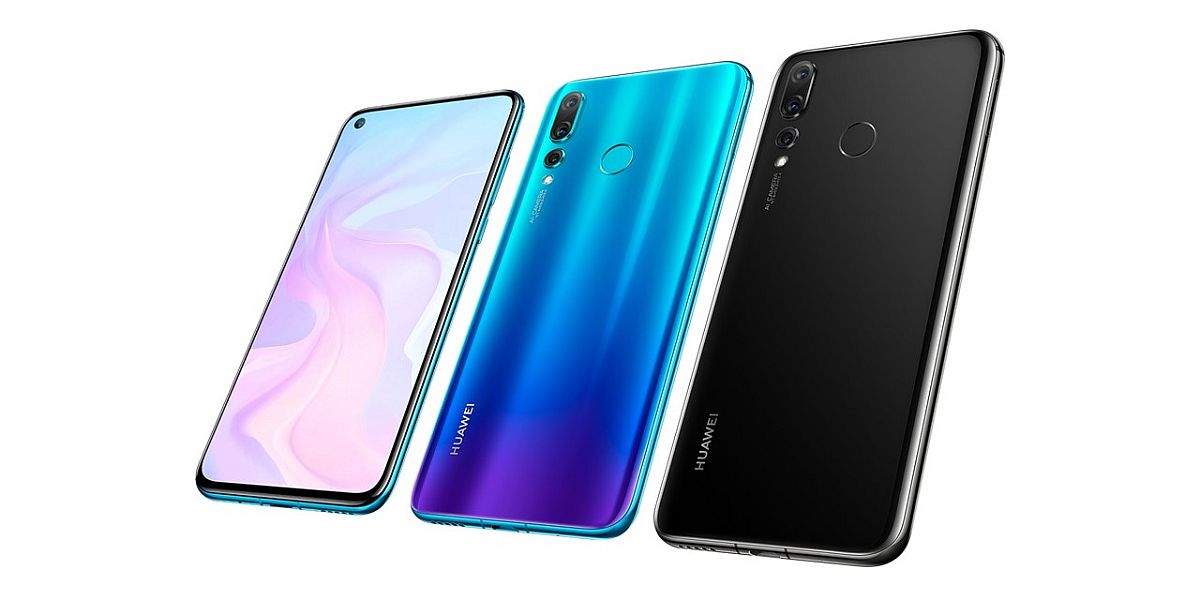
This post is brought to you by Huawei Malaysia
There’s no denying that the Huawei Nova 4 is a capable smartphone. It features a flagship processor, a great body and a solid triple camera setup. But, the headline feature for this smartphone has to be that Punch FullView display. Instead of a notch, a slider, or the removal of the the selfie camera, Huawei decided to place the selfie camera in the display itself. It was an immensely complicated endeavor that required the company to overcome three near-impossible challenges.
First, they needed to figure out where they wanted to place the selfie camera
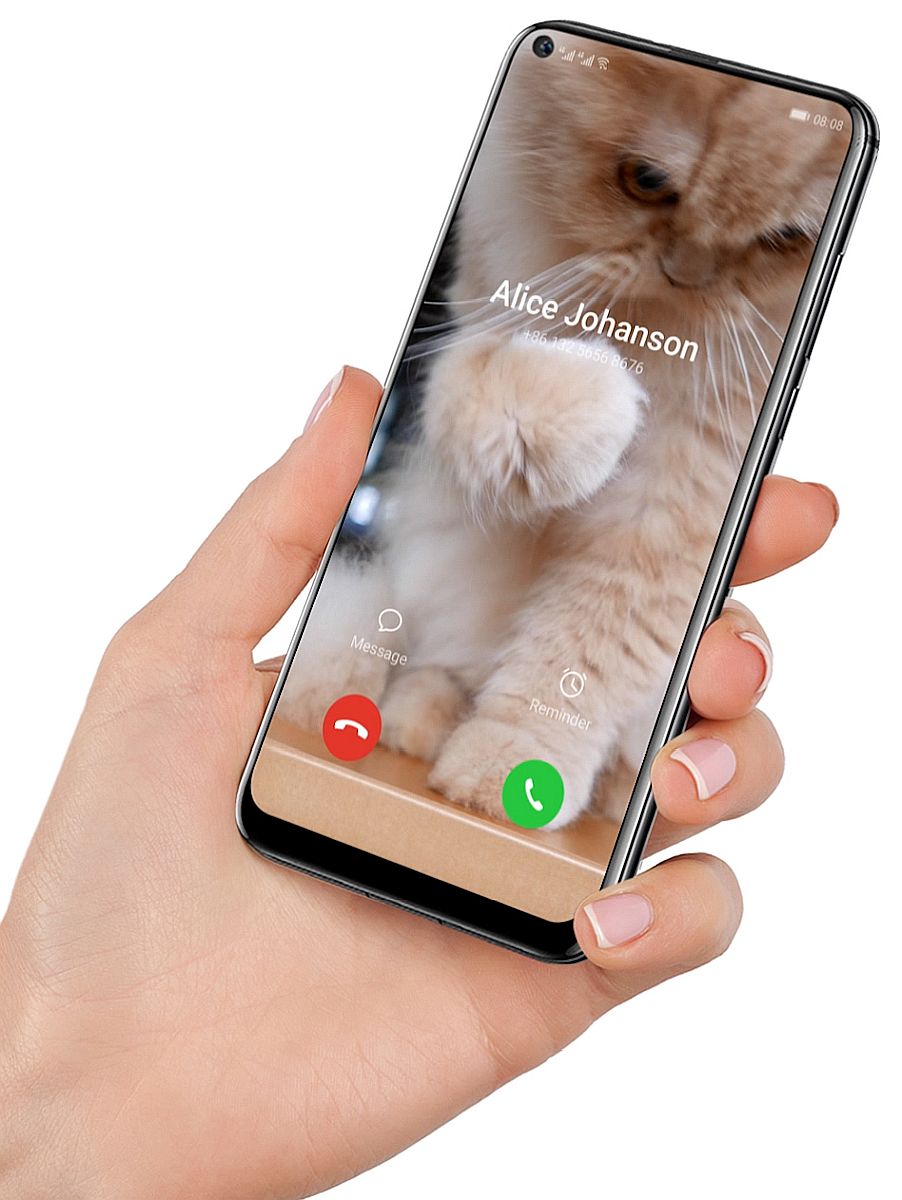
Despite how much people despise the notch, its purpose is to be the home for all the elements that you usually find on the front of the display. The biggest element is the front-facing selfie camera — something that’s particularly important when it comes to the Nova line of smartphones.
They couldn’t just put it at the bottom of the display, because that would result in an unflattering angle, so they needed it to be at the top of the display. This allowed for the user to retain the “golden” angle for selfies, optimising the location to the user’s line of sight so that each selfie makes their eyes look more beautiful.
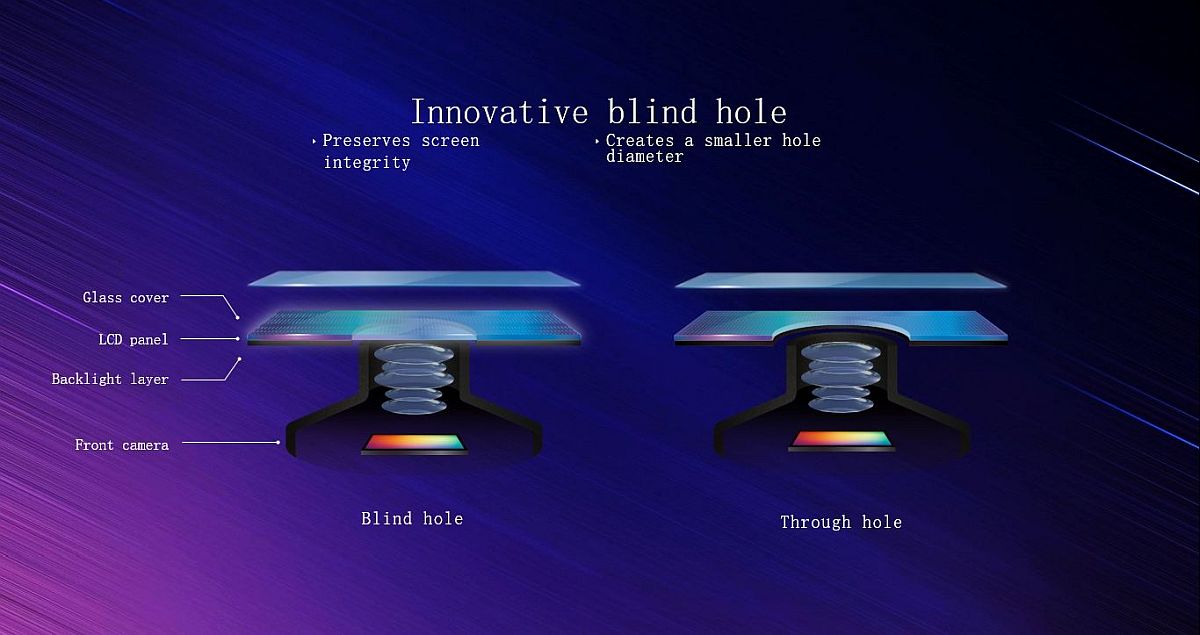
However, without a bezel for it to live in, Huawei had to get creative. The company came up with two different solutions:
- Through hole
- Blind hole
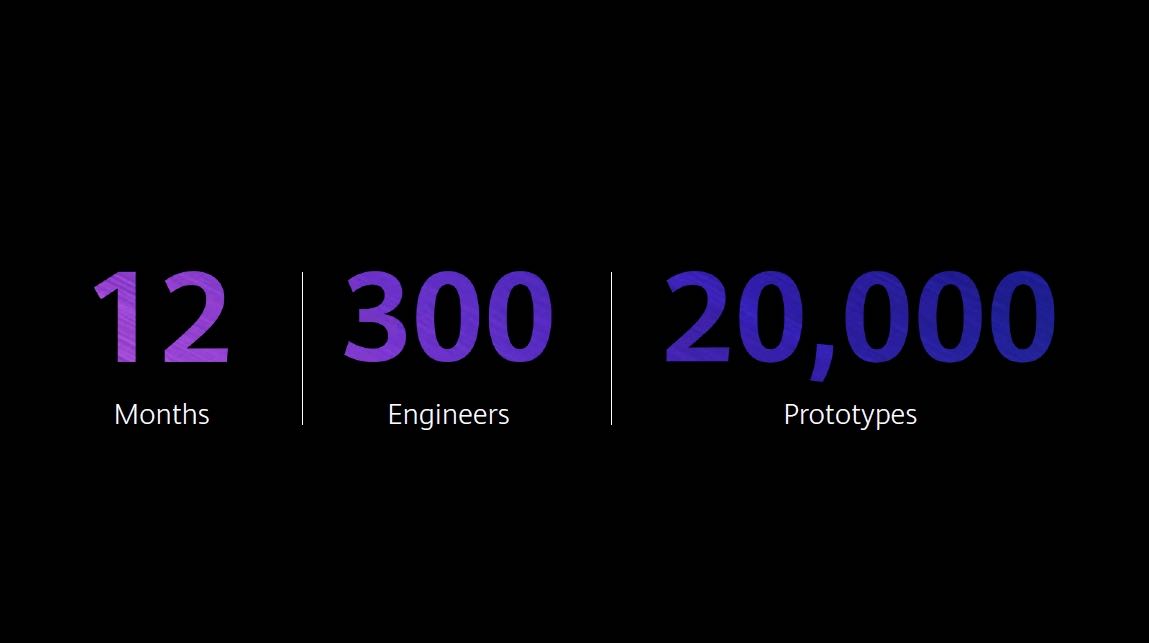
Eventually, after 12 months, 300 engineers and over 20,000 prototypes, Huawei settled for the blind hole approach because it creates a much smaller “hole” in the display than the through hole. This is because the blind hole only requires the company to punch a hole through a single backlight layer, rather than through the entire display.
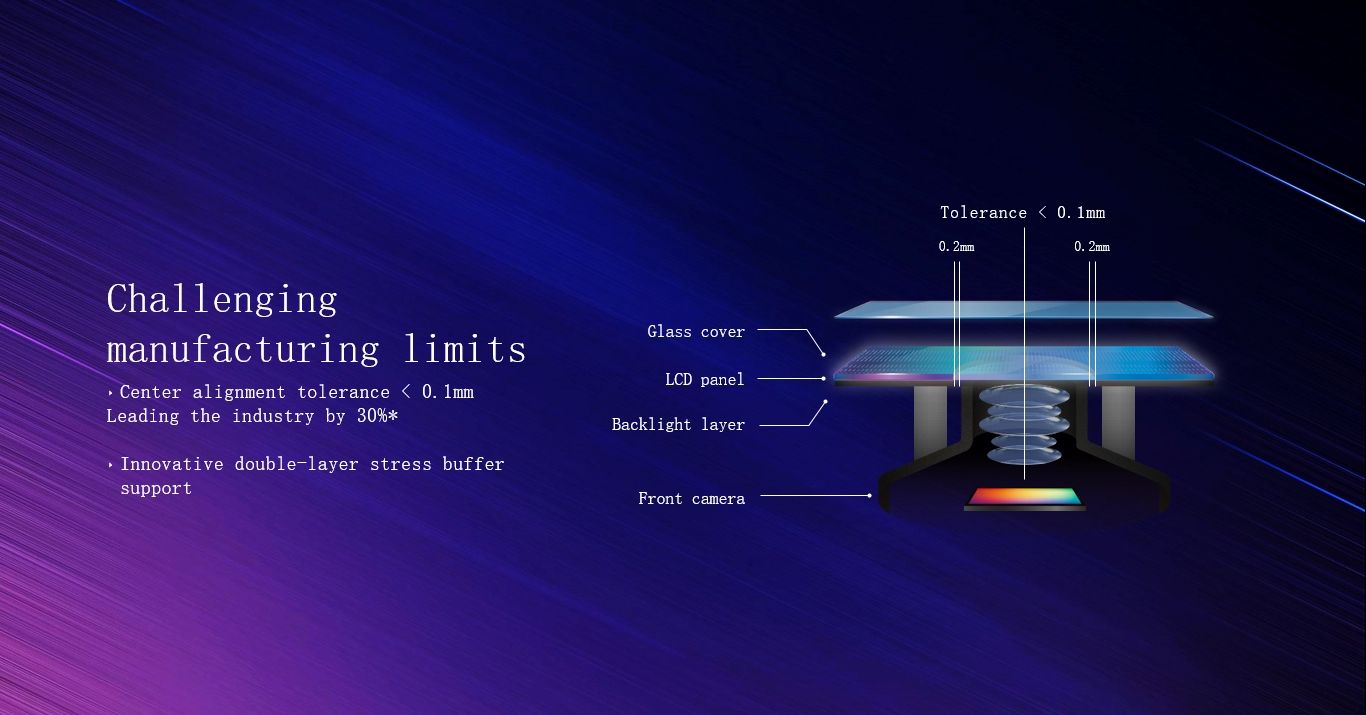
Because of this, Huawei were able shave the diameter
down to a scarcely believable 3.05mm — a whole 20% smaller than the industry
standard. This also allows the Nova 4 to feature an immersive 91.8%
screen-to-body ratio for its 6.4-inch display. WIth this, the Nova 4 is able to
deliver a completely natural and flawless viewing experience on all four sides
of the phone. It also provides users with a sense of freedom from the
obstructive shackles of the notch design.
Now, they needed to stop the light from the LCD from leaking into the selfie camera
Because the smartphone’s selfie camera opening is so tiny, Huawei ran into yet another problem, where light from the LCD was able to leak into selfie camera and absolutely ruin your selfies. That’s unacceptable.
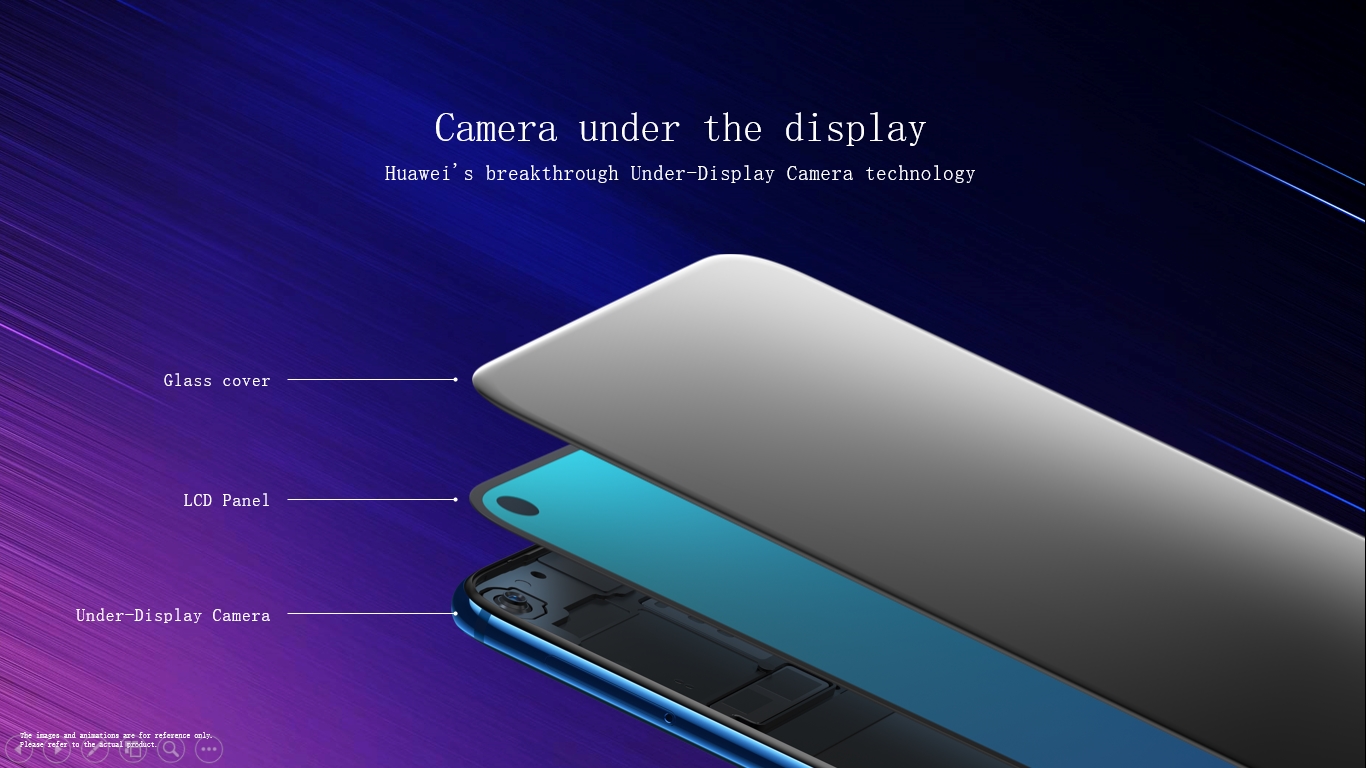
To overcome that, Huawei had to pull out all
their precision engineering chops to develop a custom innovative barrel-shaped
iron frame design and a high precision dispensing process. The camera is also
sealed into the screen which means that the camera support module also serves
as a seal, dustproofer, and airproofer that addresses potential permeability
issues.
Finally, they had to find a place for all the other sensors
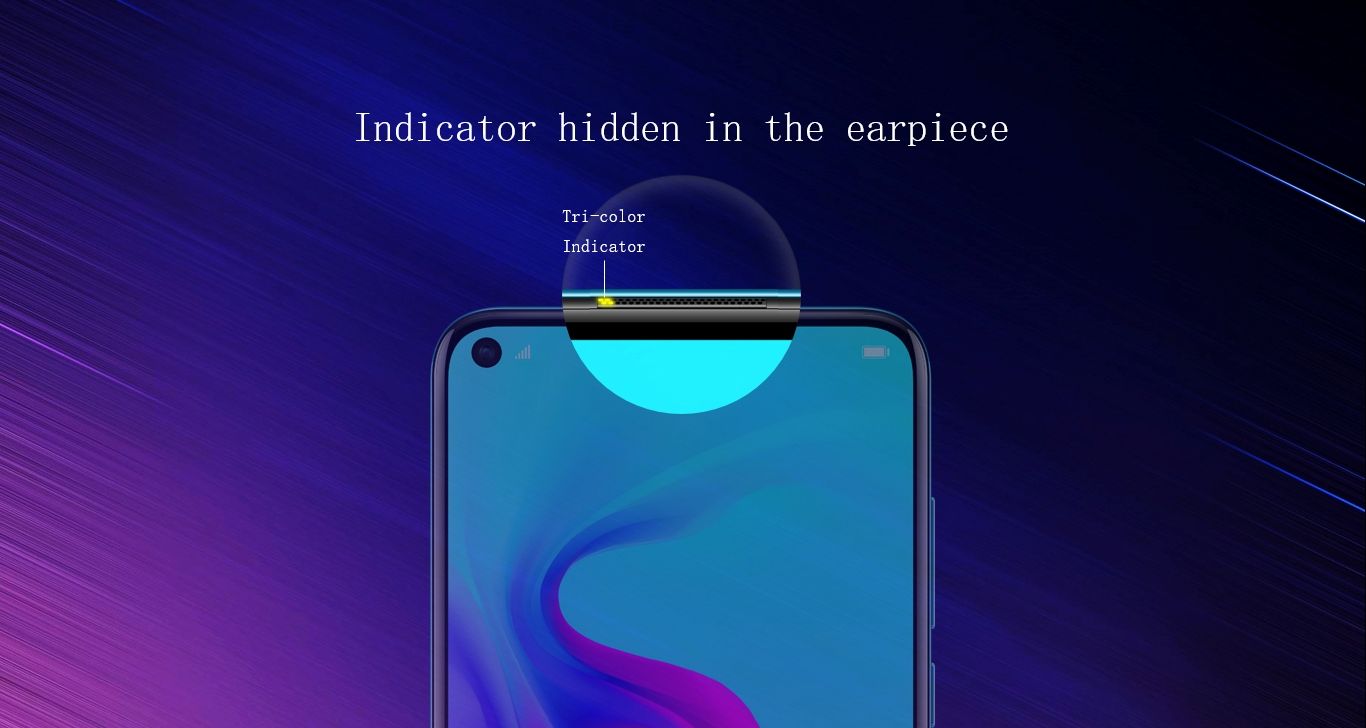
Despite being the biggest and most difficult element to place, the selfie camera is still just one element that resides in the front of the display. And, with a tiny Punch FullView Display design, Huawei couldn’t fit all the other sensors in that Punch FullView Display. Instead, they got a little creative and moved these components around instead. The earpiece was tilted in such a way that it is angled upward and pushed sound out near the top of the phone toward your ear.
Huawei also placed the notification LED behind the speaker grille to save even more space. Then, for the light and proximity sensors were moved to the top of the smartphone so that they lived on the phone’s metal frame instead.
Truly an engineering feat
It’s’ truly an engineering feat, the Huawei Nova 4. Huawei could have stuck with a regular notch, but they went out of their way to give customers what they wanted for the Nova 4 — freedom from that obtrusive notch. Through this, Huawei has essentially accomplished the impossible by bringing the consumer the Nova 4 and its absolute impeccable bezel-less display, the most elegant industrial design, the most advanced technological innovation and the greatest extent of manufacturing processes in smartphone screen development.

